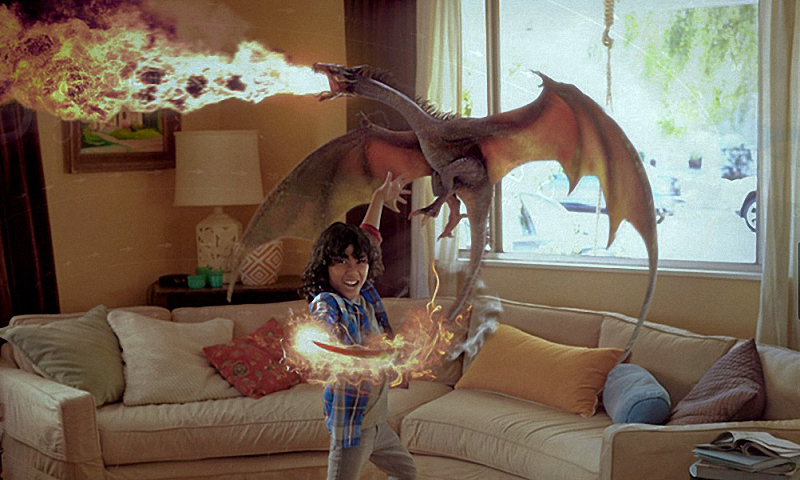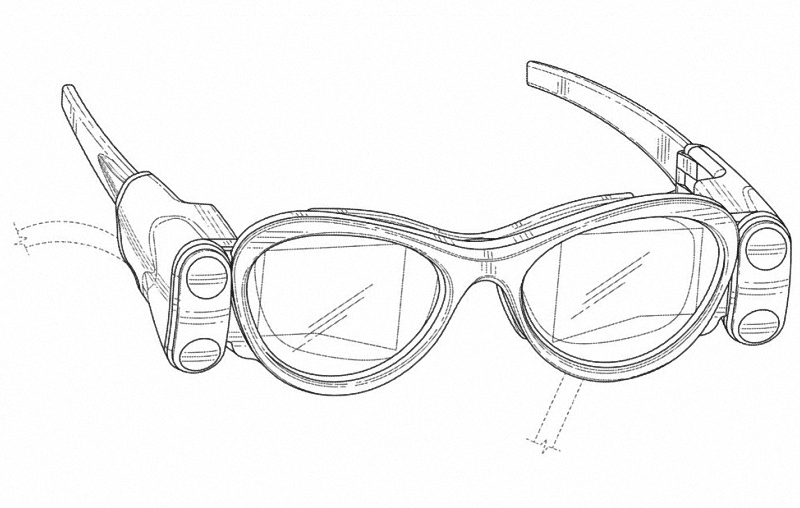
Magic Leap costs between $1500 and $2000
According to people familiar with the company’s plans, the headset device will cost between $1,500 and $2,000, although that could change. It would be bigger than a pair of glasses, but smaller than virtual reality headsets such as Facebook Inc.’s Oculus Rift. Magic Leap’s device would require users to carry a puck-shaped device, around the size of a smartphone, that would wirelessly provide processing and information to the glasses, said the people who were not authorized to speak publicly. The AR headset would be in the best case at a level like the direct competitor Meta 2, but would be significantly cheaper than the HoloLens of Microsoft.
Singapore’s Temasek Mulls Investing in Magic Leap
Temasek Holdings Pte., an investment company owned by Singapore, is considering taking part in a new financing round of more than $500 million, valuing Magic Leap close to $6 billion, according to people familiar with the situation.
Magic Leap has already attracted high-profile investments from companies including Alibaba Group Holding Ltd., Qualcomm Inc. and Alphabet Inc.’s Google, which invested directly in the firm and put Chief Executive Officer Sundar Pichai on the board. Magic Leap’s last financing round, led by Alibaba, valued the company at $4.5 billion.

About two weeks ago a patent of Magic Leap from the year 2015 appeared. It is said to resemble the final product, the manufacturer contradicting this. Business Insiders, however, pointed to their own sources, which confirmed the similarity. First demo devices of the new AR glasses should be smaller than VR headsets like the Vive or Rift. Magic Leap’s device would require users to carry a puck-shaped device, around the size of a smartphone, that would wirelessly provide processing and information to the glasses.
The company is promising to create a headset that would use a type of light-field technology to simulate 3-D images superimposed on the real world, providing what the company calls “mixed reality.” The proprietary system would project patterns of light into the eye, letting people perceive virtual objects similarly to the way they naturally see real things, without the nausea of some existing VR experiences, Chief Executive Officer Rony Abovitz has said.
(Source: Bloomberg )
